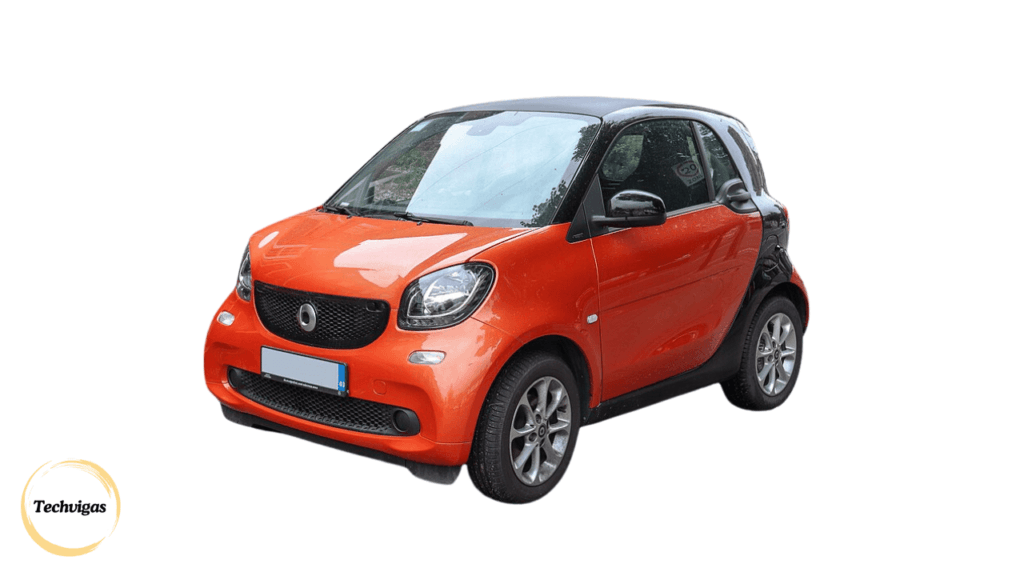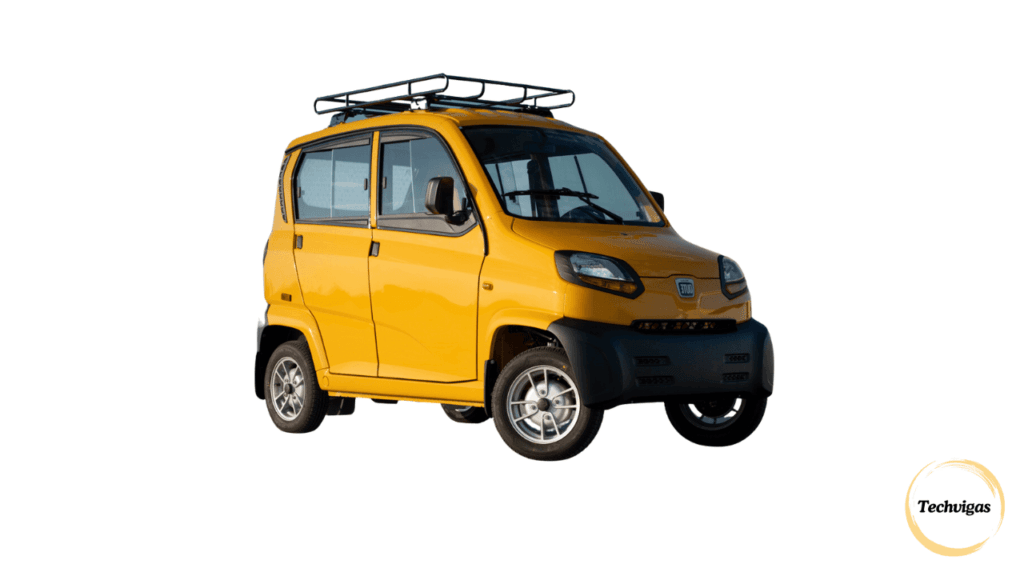Introduction: Why Slow Cars Are Fascinating
When we think of cars, speed is usually the first thing that comes to mind. High-performance vehicles, rapid acceleration and mind-blowing top speeds dominate the conversation. However, slow cars have their own unique appeal. Despite their lack of raw speed, these vehicles capture our attention for their quirky charm, historical significance and the stories they tell about different eras in automotive design.
Some of the slowest cars in the world hold an unexpected fascination. They may not race across highways, but they often stand out for their compact size, unique engineering, or their role in shaping the car industry. From the Peel P50 to other unusual models, these vehicles offer a fresh perspective on what makes a car interesting—reminding us that speed isn’t everything. In fact, many slow cars are treasured for their cultural value, nostalgia, and the fascinating way they defy conventional expectations.
The Peel P50 holds the title for the slowest car in the world, with an electronic speed limit that caps its top speed at just 30 miles per hour. Other contenders like the Mitsubishi i-Miev and Fiat Qubo Natural Power 1.4 aren’t much faster, topping out at 60 miles per hour. The Tata Nano takes a sluggish 29.4 seconds to reach 60 mph, while the Smart CDI accelerates in 19.5 seconds, proving speed isn’t always the goal. The Chevrolet CMV hits 60 mph in 27 seconds and the MIA Electric Car is no speed demon either, with a top speed under 30 mph.
The Specs of Peel P50: The Slowest Car in the World
The Peel P50, produced from 1962 to 1969, holds the title of the world’s smallest car, measuring just 54 inches in length. This three-wheeler is a quirky vehicle, with a top speed of only 28 mph in its petrol-run version and a moped unit engine that delivers 4.2 hp. The electric version offers 3.35 hp with a moped electric motor and gelled-electrolyte batteries. Its physical features include a door on the left side, windscreen wiper, and a fully-functioning reverse gear. Despite being discontinued in 1969, the Peel P50 was revived in 2010 and remains a unique symbol of automotive history.
Small Cars – A Unique Experience of Encountering
Small cars like the Peel P50, once part of the Peel Engineering Company’s lineup, are perfect examples of how microcars prioritize efficiency over speed. The Peel P50, with its 49cc engine, can only reach speeds of about 37 mph. Despite its slow pace, it holds the record as the smallest production automobile in the world, even making it into the Guinness Book of World Records. These cars are designed to be practical and compact, often built for navigating narrow urban streets.
Driving a microcar like the Peel Trident or the Peel P50 provides a unique driving experience. Though not built for speed, these vehicles often focus on efficiency, offering a fun and charming ride for those who need a small car for city use. The electric versions of these cars are perfect for short commutes, offering low emissions and simple designs. Whether it’s the initial iteration from 1962 or the reintroduced version in 2011, these small cars continue to spark interest due to their unique specifications and historical significance.
Along with the Peel P50, there are many other fascinating small cars worth exploring. Each one is tied to a specific historical era and boasts unique specifications that make them stand out.
Brütsch Mopetta

The Brütsch Mopetta, a unique microcar, was designed by Egon Brutsch and debuted in Stuttgart. With its distinctive 3-wheel configuration, this open-topped car reached a top speed of just 30 mph, making it one of the slowest cars ever. Its beautiful style and steering system, with front wheels and rear wheels powered, made it stand out. Considered a hen’s teeth rarity, the Mopetta is highly sought after by collectors. Despite limited production, reproductions by British microcar specialist Andy Carter have kept this quirky car alive in the market.
Aixam Coupe

The Aixam Coupe is a small quadricycle that can be driven by 16-year-olds in the UK without a full driver’s license, thanks to its moped exam requirement. Powered by a 400cc two-cylinder diesel engine, it has a maximum output of just 5.6hp, enabling it to reach a top speed of only 30 mph. This makes it one of the world’s slowest automobiles, perfect for urban mobility in places with limited parking and congestion.
FMR TG500

The FMR TG500 is a microcar from the 1950s, a product of post-WWII Germany. With a 494cc twin-pot engine producing just 20bhp, it could reach a top speed of 50 mph. Designed as a three-wheeled vehicle, the TG500 played a significant role as a commuter car, offering an affordable option during the rebuilding years. It’s now a rare classic with some models auctioned for over $300,000.
Fuji Cabin

The Fuji Cabin was built in Tokyo between 1955 and 1958. It was a small city car with a top speed of 34 mph. Powered by a 122cc single-pot engine producing 5.5bhp, it featured a rear-mounted engine a Cyclops headlamp, and a long-wheelbase design. With only two seats, this quirky car was a fun piece of history in the 1960s Japanese car market and is now a rare collector’s item.
Should You Buy a Peel P50?… Even Just for Fun?
Purchasing a Peel P50 today might not be practical for daily use, but it can be a fun, unique experience. Priced around $16,000, it’s a collector’s vehicle with a surprising fuel economy of 118 mpg. While it can’t replace a standard car, its historical value and charm make it an interesting addition to any car collection. Top Gear even featured it in a video, showing its quirky appeal.
The 5 Slowest Cars In the World: A Deep Dive
Peel P50 (Top Speed: 38 mph)

The Peel P50, a three-wheeled microcar produced in 1962 by the Peel Engineering Company, holds the title of the slowest car in the world with a top speed of just 38 mph. It’s a street-legal car, perfect for one adult and a shopping bag. Despite its slow speed, it became famous after being featured on Top Gear with Jeremy Clarkson. The car is produced in limited numbers making it a unique iconic microcar.
Renault Twizy 45 (Top Speed: 28 mph)

The Renault Twizy 45 is an electric microcar and one of the slowest cars in the world, with a top speed of just 28 mph. This two-seater, light quadricycle is perfect for urban driving, offering a 62-mile range and basic features like a plug-in electric blanket for colder months. It’s an affordable and charming option at 10,300 euros, ideal for young drivers or those wanting a compact, practical vehicle.
Aixam Coupe (Top Speed: 28 mph)

The Aixam Coupe is a light quadricycle that offers an interesting alternative to traditional cars. With a top speed of just 30 mph, it’s powered by a 400cc, two-cylinder diesel engine, making it an ideal choice for young drivers in places where you can drive with a moped test at 16 years. It’s a practical vehicle, perfect for narrow streets and easy parking, though its 5.6 horsepower engine limits its speed.
Tata Nano (Top Speed: 55 mph)

The Tata Nano was once known as the world’s cheapest car, priced at just $1,400 for the first version. Despite its compact design and ability to carry four passengers, it had a top speed of 55 mph. Powered by a small 0.624-liter, two-cylinder engine with 37 hp and 38 lb-ft torque, it was slow to accelerate, taking 29.4 seconds to reach 0-60 mph. It was discontinued in 2018, but its affordability and fuel economy made it a beloved choice in India.
Smart Fortwo CDI (Top Speed: 84 mph)

The Smart Fortwo CDI may not be the fastest car, but it holds its own in the world of small vehicles. Powered by a turbocharged, inline-3 diesel engine producing 45 horsepower, it reaches a top speed of 84 mph, which is impressive for its size. Despite its cramped interior and firm ride, the Smart Fortwo offers driver appeal with its charm and practicality. Though it takes 19.5 seconds to hit 0-60 mph, its compact design and fuel efficiency make it a practical choice, especially in Europe where smart cars have a dedicated following.
Honorable Mentions
If you’re still hungry for more of the slowest cars of all time, here are a few noteworthy models that deserve a mention:
Renault Twizy Urban 80 (Top Speed: 50 mph)

The Renault Twizy Urban 80 is an upgraded version of the Twizy 45, offering a more powerful electric motor with 17 horsepower. Unlike the standard model, this electric microcar has a top speed of 50 mph, making it a more viable option for urban commuting. Its compact size and tandem seating make it ideal for navigating busy city streets, while maintaining its charm as a practical and unique choice for city drivers.
Bajaj Qute (Top Speed: 43 mph)

The Bajaj Qute is a small quadricycle produced by Bajaj Auto. With a 216 cc, single-cylinder engine and 13 horsepower, it has a top speed of just 43 mph, making it one of the slowest cars on the road. Despite this, its high fuel efficiency and affordable price make it a great choice for budget-conscious buyers in developing markets, especially in crowded streets where space is limited.
Ligier JS50 (Top Speed: 28 mph)

The Ligier JS50 is a French microcar with a 480 cc diesel engine and 5.4 horsepower, reaching a top speed of just 28 mph. This light quadricycle is a practical, affordable choice for young drivers in European countries where a driver’s license is not always required. Its modern design and low-maintenance nature make it popular for navigating busy city streets at a slow speed.
FAQs
The Peel P50 holds the title of the slowest car in the world, with a top speed of just 28 mph.
Some slow cars like the Renault Twizy or Bajaj Qute are ideal for urban commuting due to their compact size and fuel efficiency, but they may not be suitable for long-distance travel or highways.
Microcars like the Ligier JS50 and Peel P50 are designed for city driving and prioritize fuel efficiency and compactness over speed. Their smaller engines and lightweight structure limit their top speed.
Yes, slow cars often have simpler designs and smaller engines, making them more affordable and easier to maintain compared to faster, more complex vehicles